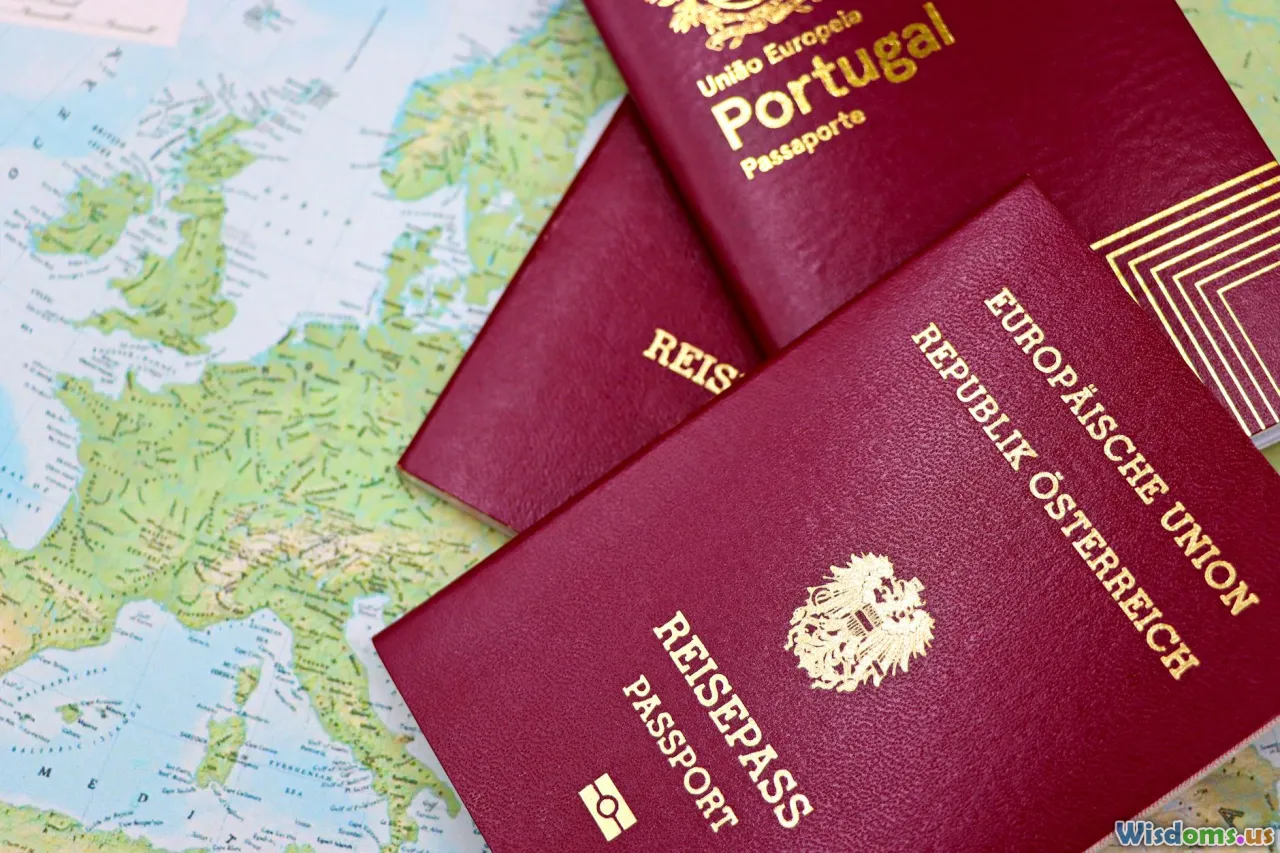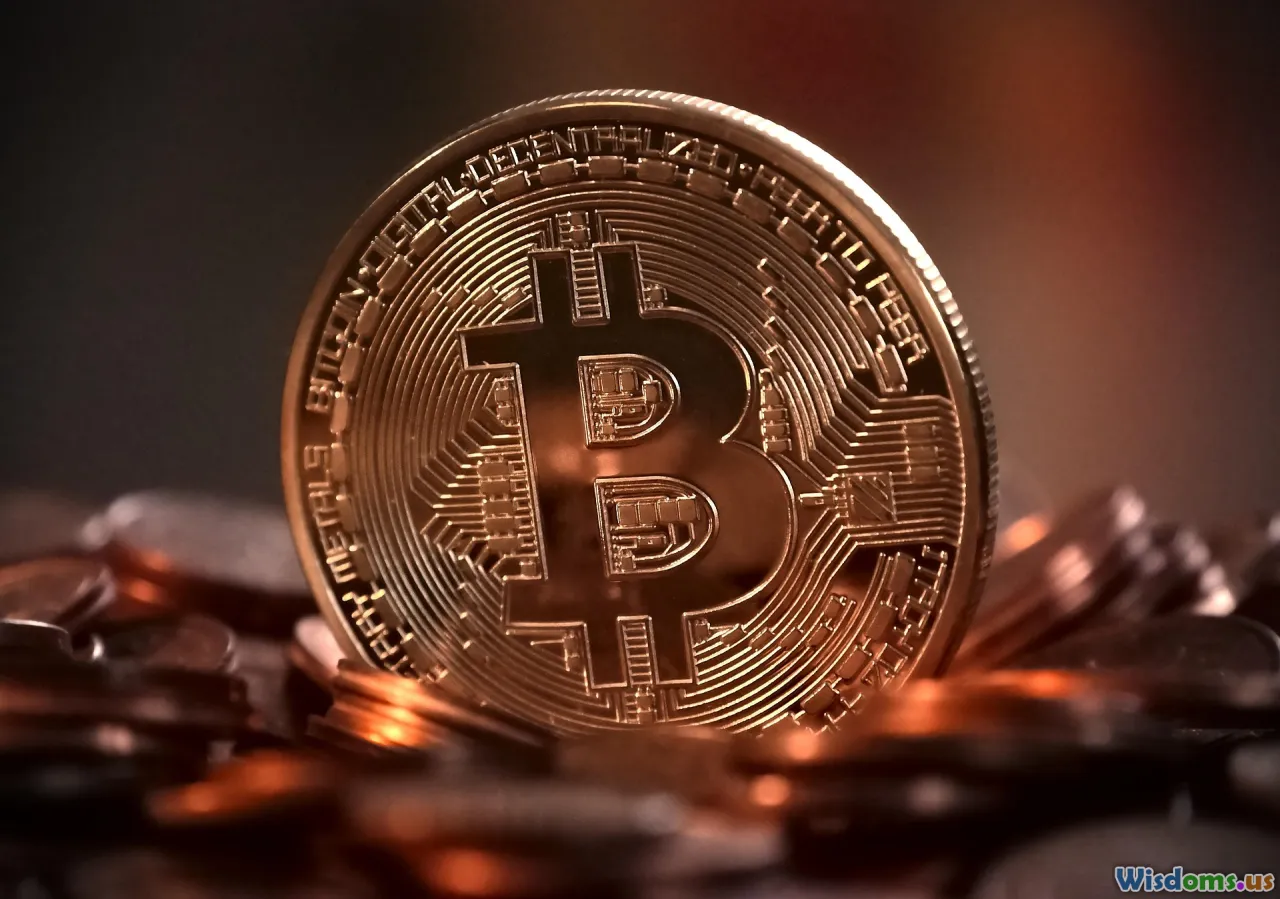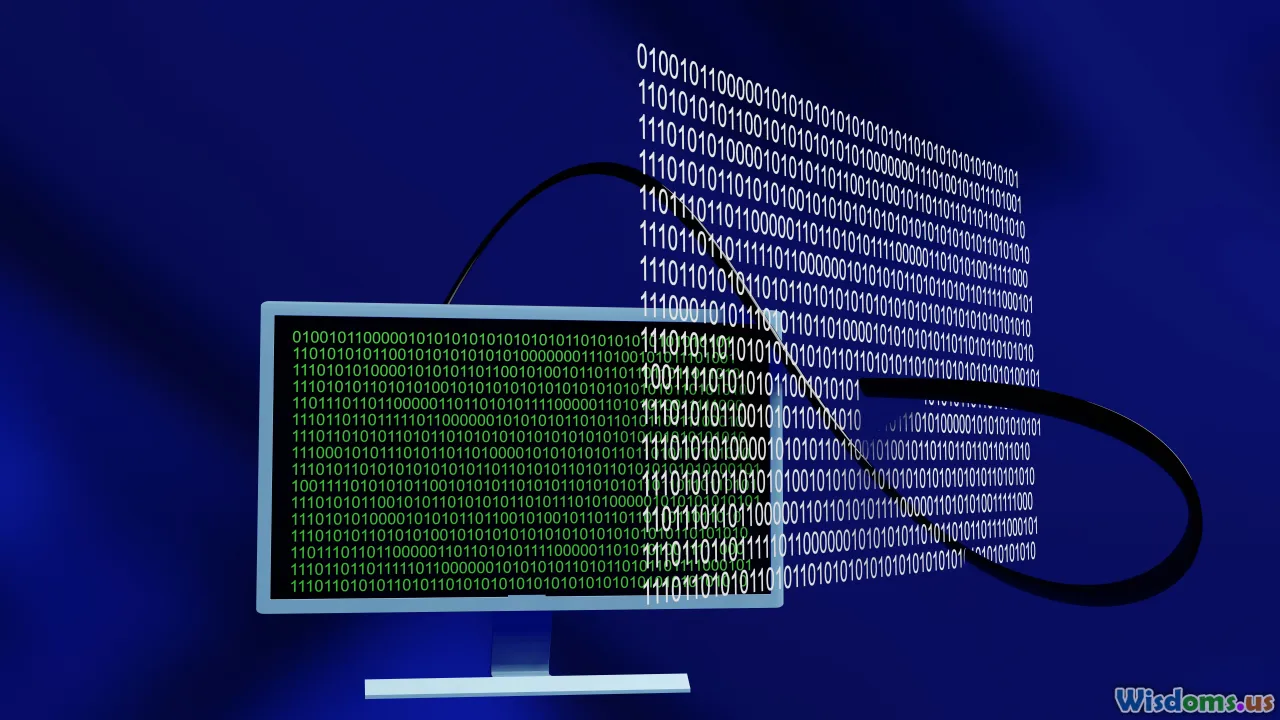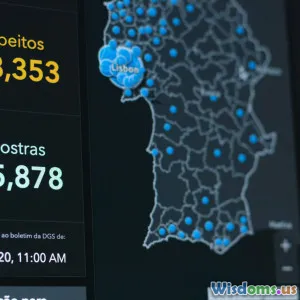
Tracking Financing Networks: The Hidden Challenge in Terror Investigations
17 min read Explore how financial networks complicate terror investigations through hidden transactions, advanced laundering methods, and critical technology challenges. (0 Reviews)
Tracking Financing Networks: The Hidden Challenge in Terror Investigations
Terrorism investigations aren't just about following footprints or decoding messages—the money trail is often what cracks cases wide open. Yet, diving into these shadowy streams of cash and collaboration remains one of the biggest obstacles for intelligence agencies worldwide. In today's interconnected economy, terror financing doesn't stick to one country, platform, or currency. Instead, it evolves, adapts, and exploits every loophole imaginable.
The battle to map out these elusive financing networks is a high-stakes contest of cat and mouse. From insurgent suppliers smuggling currency bags to digital transactions zipping across crypto wallets, terrorists use the most novel financial technologies—sometimes more efficiently than many businesses. Let’s unpack the intricate puzzle of tracking these networks, examining real-world cases, the tools and challenges in play, and how investigators are (and aren’t) keeping pace.
The Anatomy of Terror Financing

Every terrorist organization needs funds: for recruitment, propaganda, weapons, travel, and logistics. But, unlike open enterprises, these groups rely on covert networks that are purpose-built to evade the financial radar. Their ingenuity matches, and sometimes outsmarts, the most sophisticated global watchdogs.
Typical Channels and Methods
Terrorists use a medley of techniques to move and launder money:
- Hawala Networks: The centuries-old informal value transfer system, popular in South Asia and the Middle East, is notoriously difficult to trace. Hawala leaves minimal documentation and is built on trust, avoiding banks entirely.
- Charity Abuse: Legitimate-looking non-profits are sometimes repurposed as channels for illegal funds. For example, in 2017, several international NGOs faced scrutiny after accusations of funneling donations to violent groups in Syria and Iraq.
- Cash Couriers: Physical movement of cash remains effective, especially in conflict zones where electronic surveillance is tricky. In 2015, European authorities intercepted several cash smuggling operations linked to the Paris terrorist attackers.
- Shell Companies and Offshore Entities: Anonymous corporate structures hide the identities of funders and recipients. Shell corporations can zigzag transactions across multiple jurisdictions, making auditor pursuits a Sisyphean task.
- Crypto and Emerging Technologies: With digital currencies, money zips instantaneously and, if protocols like privacy coins or mixers (e.g., Monero, Tornado Cash) are used, becomes nearly ghost-like to regulators.
Real-World Insight: The ISIS Case Study
ISIS rewrote the rulebook. During its territorial peak, the group earned millions from petroleum sales, antiquities smuggling, taxes imposed on civilians in occupied territories, and extortion. In one notable investigation, authorities traced artwork looted from Syria appearing as legitimate sales in European art markets, the proceeds cycling back to sleeper cells. The robustness and adaptability of these networks persist beyond the group’s loss of territory—demonstrating that disrupting operations on-the-ground doesn’t necessarily kill the money flow.
The Toolbox: Technologies and Tactics for Financial Sleuthing

The multilayered world of terrorist financing calls for a blend of old-school tradecraft and cutting-edge technology.
Core Tools in Financial Forensics
-
Know Your Customer (KYC) Protocols: These compliance initiatives force banks and transfer services to identify and vet their clients. While KYC has led to the shutdown of numerous accounts over the years, creative sidestepping—like donation round-tripping using online platforms—often blurs the line between legitimate crowd-funding and illicit support.
-
Suspicious Transaction Reporting: Institutions flag questionable activities above a certain threshold. For instance, Europol reports that automated monitoring led to the detection of an unusually high pattern of micro-transfers, unraveling a network supporting a major jihadist plot in Germany (2019).
-
Data Mining and AI: With oceans of financial transactions processed daily, AI models are used to spotlight anomalies. Sophisticated programs track transaction patterns, IP address geolocation, and compare detected outliers with historical records of known financing schemes.
-
Blockchain Analysis Tools: Startups like Chainalysis and Elliptic deploy forensic tools specifically designed to trace cryptocurrency flows, linking wallet addresses to real-world entities. After the 2021 Colonial Pipeline ransomware attack, such tools allowed US authorities to recover part of the Bitcoin ransom—illuminating how much crypto can be traced with the right resources.
Human Factoring in Investigations
Technology is vital but not foolproof. Relationships built with informants—sometimes within hawala operator communities or financial institutions in vulnerable regions—are often instrumental. For example, a tip-off from a Lebanese banker alerted Europol in 2018 to a laundering cell funneling cash to Hezbollah, culminating in a cross-continental arrest operation.
Cross-Border Dilemmas: Regulatory Lags and Legal Loopholes

Money moves far faster than regulation. This is the bitter reality for international agencies trying to keep watch on cross-border financial activity linked to terrorism.
Jurisdictional Friction
Criminals take advantage of inconsistent global standards:
- Varied Legal Definitions: What one country classifies as terror financing, another may see as lawful charity, or not criminal at all. This patchwork makes prosecution haltingly slow—for instance, shell company registries in some Caribbean states do not require owner disclosure.
- Extraterritoriality Hurdles: Investigators often need cooperation from countries where financial secrecy is a selling point. Switzerland reformed its legendary privacy laws only after severe international pressure and several high-profile terror cases involving cheese-holed financial records during the 2000s.
Regulatory Evolution and International Cooperation
Despite hurdles, frameworks such as the Financial Action Task Force (FATF) have begun harmonizing rules. More nations now implement real beneficiary revelations for corporate structures, restrict unchecked wire transfers, and share blacklists and intelligence in real-time. FATF’s gray and black lists—naming non-complying countries—have influenced nations like Pakistan and the UAE to ramp up anti-terror financing laws post-2018.
Cryptocurrencies: Double-Edged Swords in the Money Wars

The prospect of privacy and decentralization is as attractive to terror groups as it is to anyone cheered by the idea of governmental overreach shrinking. But not all crypto is equally opaque, and investigators are wising up fast.
Techniques and Risks
- Bitcoin's Paradox: Despite perceptions of anonymity, Bitcoin’s blockchain is public. This traceability helped the US Treasury roll up a Hamas network in 2020 that ran donations via multi-step Bitcoin transactions, funneling proceeds to Gaza-based operatives using hundreds of micro-wallets.
- Monero and Privacy Coins: These cryptocurrencies offer enhanced anonymity features, making detection far more challenging and worrying policymakers worldwide. While Monero’s usage by terrorists is less openly documented due to these cloaking protocols, Europol confirmed at least two cases in 2022 where it traced conversion pathways from more visible crypto into Monero, then into traditional cash payouts via peer-to-peer sales.
Action Points for Regulators and Agencies
- Mandatory Reporting for Exchanges: Several jurisdictions (Japan, UK, US) now demand exchanges keep customer records, issue suspicious activity alerts, and freeze illicit flows. This level of vigilance has led, according to a 2023 Interpol report, to a 30% uptick in disrupted crypto-related terror financing attempts over the prior year.
- Strategic Partnerships with Blockchain Analytics Firms: Public-private collaborations amplify capabilities. After the Christchurch attacks in New Zealand, blockchain tracing firms flagged incoming cryptocurrency linked to groups promoting hate crimes, spurring preemptive action by financial regulators.
Data Deluge: The Challenge of Making Sense

Modern financial sleuths swim in a sea of information: trillions of transactions, tens of millions of account holders, and a constant churn of new financial products. Turning this flow into actionable intelligence is no minor feat.
Data Integration Solutions
-
Centralized Databases and Inter-Agency Portals: The United States’ Financial Crimes Enforcement Network (FinCEN) runs one of the most extensive databases, connecting US banks and law enforcement in near-real time. Europol and INTERPOL have built similar platforms for cross-checking leads and matching names, account numbers, or transaction types flagged by one country to ongoing investigations in others.
-
Artificial Intelligence and Pattern Recognition: AI excels in sifting needles from haystacks. Machine learning algorithms scan transactions for known typologies—such as round-dollar transactions, transactions just under reporting thresholds (the so-called "structuring"), repetitive micro-donations, and so on. HSBC reported in 2022 that its AI-driven monitoring resulted in the identification of 300 previously undetected suspicious customer networks.
-
Open-Source Intelligence (OSINT): Investigators increasingly pair dark web monitoring tools and public-facing databases (e.g., company registries, social media tips) to find matches pointing to terror financing activity.
Limitations and Next Steps
Of course, big data creates its own set of headaches. False positives can overwhelm analysts; bridging the gap between data leads and court-admissible evidence takes coordinated teamwork, not just powerful software. There is an increasing premium on human analysts who can think intuitively, spot behavioral context, and judge when an anomaly is truly something sinister.
Case Files: Lessons from Successes and Failures

True stories reveal both the obstacles and breakthroughs in financial investigations:
The Prevented Plot: Operation Zaatar
In 2016, Spanish authorities dismantled a financing ring that funneled money to ISIS fighters via a chain of small businesses—grocery stores and remittance services—masked as legitimate commerce. Investigators triangulated store revenue spikes against flagged electronic transfers to Turkey. The network unraveled when a small bakery’s sudden cash flow increase coincided with international calls to Turkish phone numbers registered to known facilitators. Subsequent surveillance led to prosecution and asset seizure, with over €1.5 million traced and frozen.
The Near Miss: Paris 2015 Attackers
Despite suspicion and partial tracking of the attackers’ financial network, not all connections were detected in time. Post-facto analysis uncovered several sleeper accounts in Belgium whose cash inflows were below reporting limits but split across multiple banks (a classic structuring tactic). This lapse triggered an overhaul: by 2017, Belgium introduced “rapid response” protocols obligating banks to share flagged intelligence institution to institution within hours rather than days.
The Bottleneck: Boko Haram’s Hawala Web
Hawala-backed movements among Boko Haram militants in Nigeria and neighboring states have largely stumped authorities. Few transactions are digitized; code phrases are exchanged during market meetings or local festivals. Military advances close down banking options, but the informal network survives, evidenced by irregular charity inflows tied to rural philanthropy drives. Nigerian authorities, with help from central banks and local leaders, have responded via community engagement programs, hoping to pivot the mindset of trusted, well-embedded hawaladars against further terrorist cooperation.
Actionable Advice for Future Investigators and Policymakers

To outpace terrorists as they morph their financing strategies, financial crime fighters must move faster and more creatively. Here’s what works—and what needs urgent attention:
- Invest in Advanced Analytics but Don’t Forget Human Judgment: AI, blockchain analytics, and database technologies all boost capacity. Invest in workforce training so analysts can interpret machine findings and independently spot behavioral context outside algorithms.
- Emphasize Global and Local Partnerships: This means cooperating not just between governments, but with NGOs, financial services, tech providers, and crucially, affected communities. Building relationships among at-risk population centers exposes illicit charity or hawala activities faster than surveillance alone.
- Harmonize Laws and Foster Intelligent Flexibility: Encourage widespread adoption of FATF standards, urge governments to ramp up financial transparency, and update legislation to handle non-traditional financial flows such as peer-to-peer crowdfunding and privacy coins.
- Prioritize Interagency Communication Protocols: Real-time sharing—removing operational silos—ensures clues in one country don’t get lost in bureaucratic avalanches.
- Balance Security with Civil Liberties: Always keep in mind the thin line between surveillance for protection and overreach. Laws governing privacy, freedom of association, and economic liberty must anchor fact-finding missions.
Mapping out the world’s terror financing networks is a perpetual arms race between ingenuity and oversight. As adversaries blend digital know-how with age-old schemes, the challenge for investigators only deepens. Understanding hidden financing webs isn’t just an exercise in technical mastery; it’s about connecting communities, fostering global trust, and championing the fundamental values disrupted by the global scourge of terrorism. The effort to expose and counter terror funds may never be complete—but it remains a linchpin for making the world safer, one hidden transaction at a time.
Rate the Post
User Reviews
Popular Posts

















